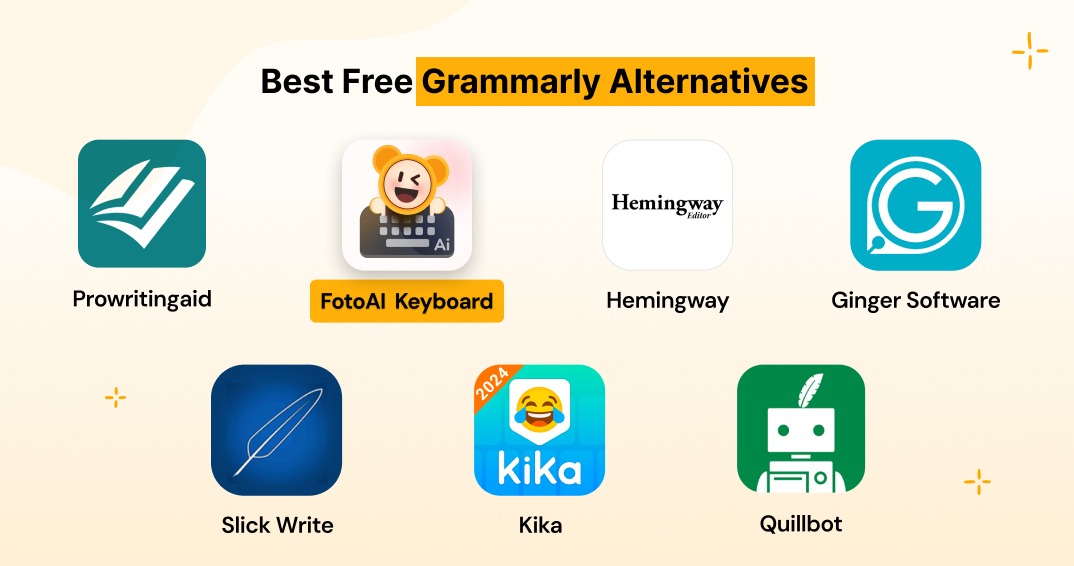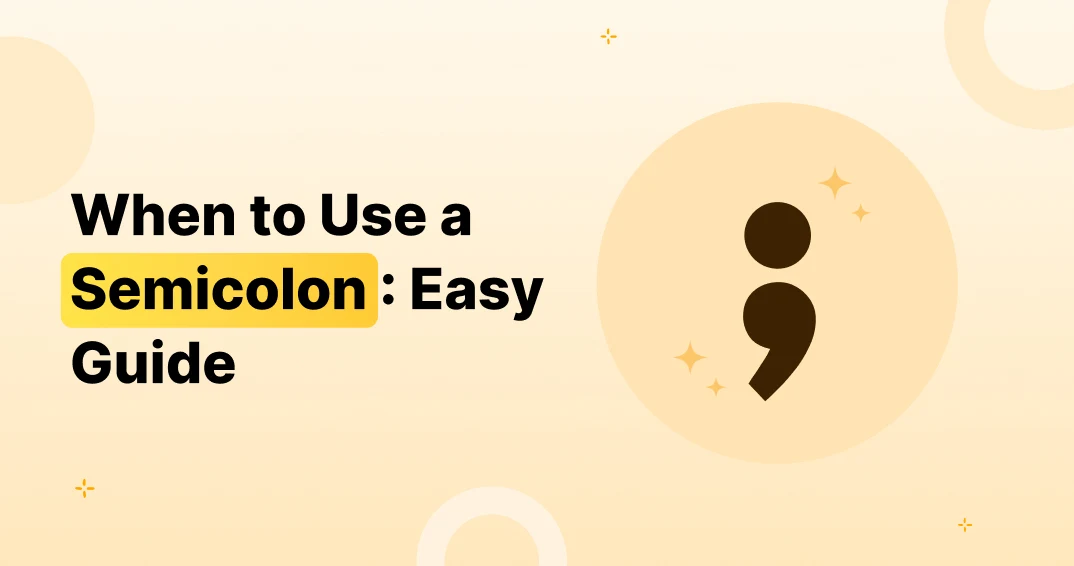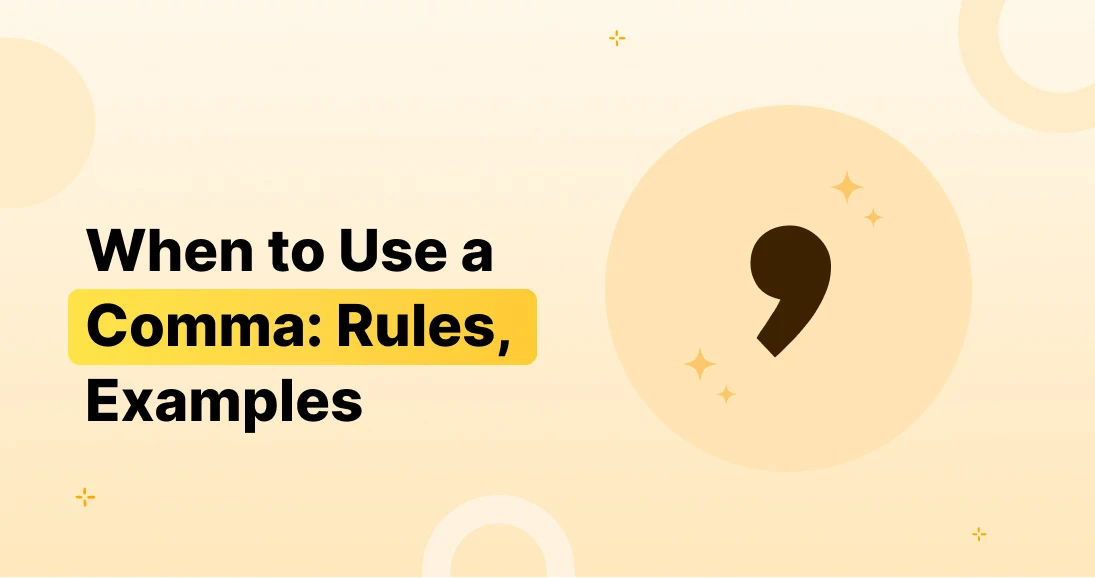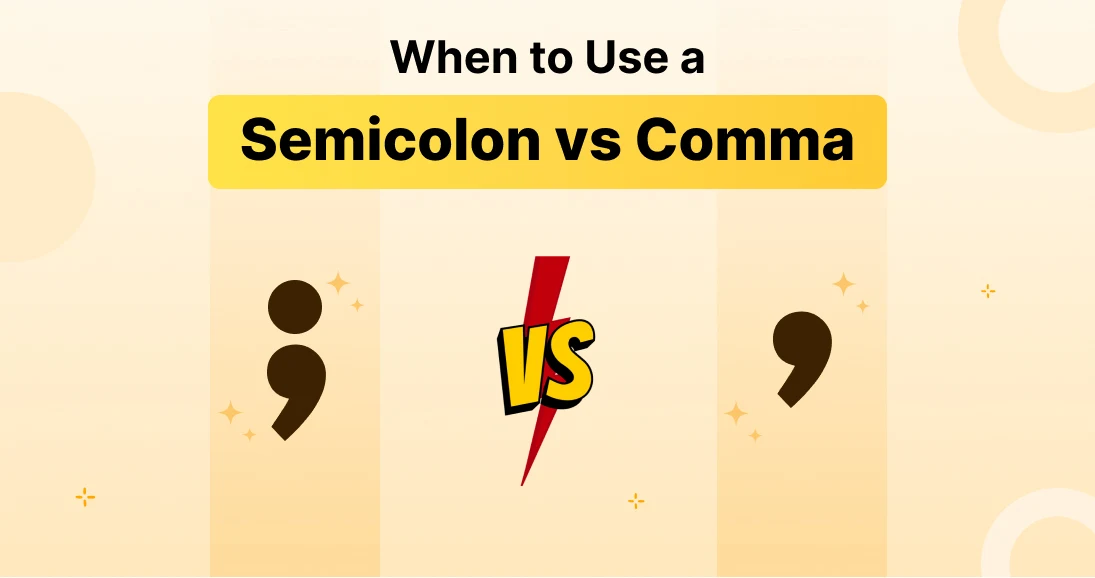Introduction
While writing is a multifaceted skill that has equal importance in one’s personal and professional life, current world technology seems to place an emphasis on it more than ever. Grammarly is probably the best known and the used AI paid writing tool in the world, but it is not the only one on the market.
In this article, seven different free alternatives to Grammarly will be explored that may be just as useful, if not more so, for your writing needs.
Why Look for Alternatives to Grammarly?
With so many tools available on the internet, it is easy to see why some people try to find a different solution to writing help. Nevertheless, Grammarly has a reputation of being a reliable solution to many of one’s writing problems.
Cost
While Grammarly offers a free version, its premium features come at a steep price. For students, freelancers, or anyone on a tight budget, free alternatives can offer similar benefits without the cost.
Two issues that emerge when conversing about the benefits of Grammarly are Price and Scope. From my point of view, the first issue is one of the strongest arguments against it. While the tool does offer a free option, the limit on the premium features is astonishing and extremely expensive. Without a doubt, students, freelancers, and many more individuals would greatly benefit from a more affordable alternative.
When considering a new keyboard app, look for the latest options like AI features, cool themes, and top-notch grammar checks, and more importantly prioritize keyboard history privacy. It’s important to know how to delete your keyboard history to keep your data secure. FotoAI makes sure you enjoy a smooth typing experience & gives you peace of mind that your privacy is protected.
Personal Preference
User interface and experience can vary greatly between tools. Finding a tool that matches your workflow and preferences can significantly improve your writing process.
Key Features to Consider in a Writing Tool
When searching for a Grammarly alternative, consider the following key features:
Grammar Checking
A good writing tool should effectively identify and correct grammatical errors to ensure your writing is clear and professional.
Spelling Checking
Accurate spelling is essential for credibility. Look for tools that provide comprehensive spell-checking capabilities.
Style Suggestions
Advanced writing tools offer style suggestions to enhance readability and engagement, making your writing more effective.
Usability
The overall experience can greatly differ with ease of use and placement within the writing platform.
1. ProWritingAid
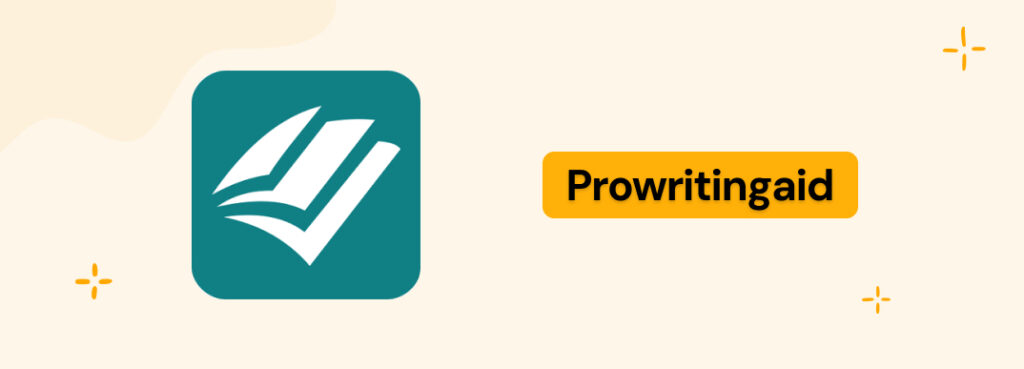
ProWriting Aid offers the best concise writing assistant ever. It focuses on providing each of them with a detailed breakdown regarding their writing.
Features:
-
Extensive checks for styles and grammar: Allows users to comprehensively check their grammar enhancing their sentence formation and the clarity of their text.
-
Readability analysis: Offers insights on how readable your text is, with suggestions for simplification.
-
Integration in popular apps: Integrates seamlessly with Word, Google Docs, Scrivener, etc.
Pros and Cons:
- Pros: Provides detailed reports, helping to improve both style and substance. Customizable style suggestions for personal preference.
- Cons: The amount of feedback may feel overwhelming to beginners. Some advanced features are locked behind a paid plan.
User Experience
Users appreciate ProWritingAid’s thoroughness and depth, though it may take some time to get used to its extensive feedback options.
2. FotoAI Keyboard
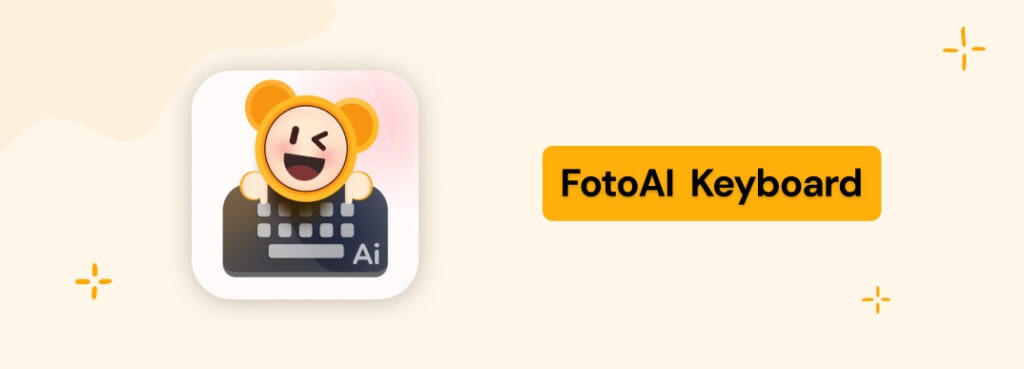
FotoAI Keyboard isn’t just great for grammar fixes; it’s versatile enough to be a real alternative to Gboard. It combines advanced grammar correction with intuitive typing features, so you get both polished writing and a smoother typing experience—all in one app. If you’re looking for something beyond basic keyboard functions, FotoAI Keyboard might be your next go-to.
Features
- Advanced Grammar Checking: Offers robust grammar checking with detailed explanations and suggestions for improvement.
- Vocabulary Enhancement: Provides synonyms and vocabulary suggestions to enhance writing style and variety with AI chat.
- Integration: Seamless integration with mobile devices for easy access and usability.
- Tone changer: Easily change to any tone that you want to use for anyone.
Pros and Cons
Pros:
- Advanced grammar checking and corrections.
- Vocabulary enhancement suggestions.
- Integrated AI chat.
- Cross-platform availability (Android, iOS).
Cons:
- Requires internet connection for full functionality.
- Some advanced features are locked behind a premium subscription.
- May have higher resource usage on devices.
User Experience
- Ease of Use: Generally well-received for its intuitive interface and real-time suggestions.
- Performance: Highly effective in grammar checking and providing comprehensive writing improvements.
- Feedback: Users value its integration across platforms but note occasional delays due to internet dependency for real-time checking.
3. Hemingway Editor

The Hemingway editor aims to strengthen text by eliminating redundancy and outlandishness through highlighting complex sentences and basic mistakes.
Features:
-
Readability score: Quantifies the easiness of the text, providing a score indicating readability level for the text.
-
Highlights adverbs, passive voice, and complex phrases: Suggests possible ways on how to improve sentence clarity and style on provided complex sentences.
-
Simple, distraction-free interface: Provides an environment towards writing without any form of distraction.
Pros and Cons:
-
Advantages: Very friendly and easy to use, particularly for enhancing clarity and readability.
-
Disadvantages: Does not provide sufficient in-depth grammar checking. Therefore, less useful for editing in depth.
User Experience
Users love Hemingway Editor’s simplicity and effectiveness in improving readability, though it lacks comprehensive grammar checks.
4. Ginger Software
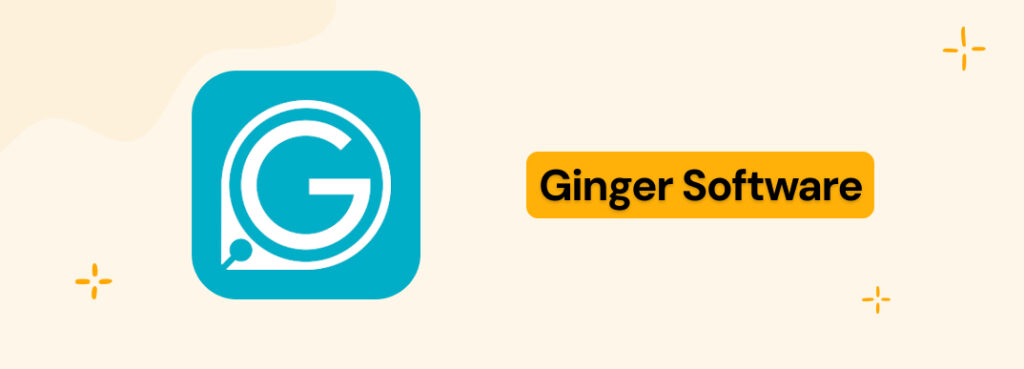
Ginger Software offers a variety of writing enhancement tools, including grammar checking and translation.
Features:
-
Grammar and spell check: Checks for grammatical mistakes and misspelled words simultaneously during writing.
-
Sentence rephrasing: Provides greater flow and clarity by rewriting a sentence.
-
Translation capabilities: Can help to serve as a translator for papers as it aids interchanging text from one language to another.
Pros and Cons:
- Pros: Versatile toolset, including translation and rephrasing.
- Cons: The free version comes with limitations, and the interface may feel cluttered for some users.
User Experience
Ginger is appreciated for its versatility, though some users find the interface slightly complicated compared to other tools.
5. Slick Write

Slick Write is a powerful writing tool that offers a range of features to improve your writing quality.
Features:
- Grammar and style check: Identifies grammar issues and suggests improvements for style.
- Customizable feedback: Tailor the feedback to suit your writing style and goals.
- Writing statistics: Provides detailed statistics on sentence length, structure, and more.
Pros and Cons:
- Pros: Comprehensive feedback with customizable settings.
- Cons: Requires an internet connection, and some features need refinement.
User Experience
Users find Slick Write effective for comprehensive writing analysis, though the need for an internet connection can be a drawback.
Also read: How to Access Clipboard on Android
6. LanguageTool
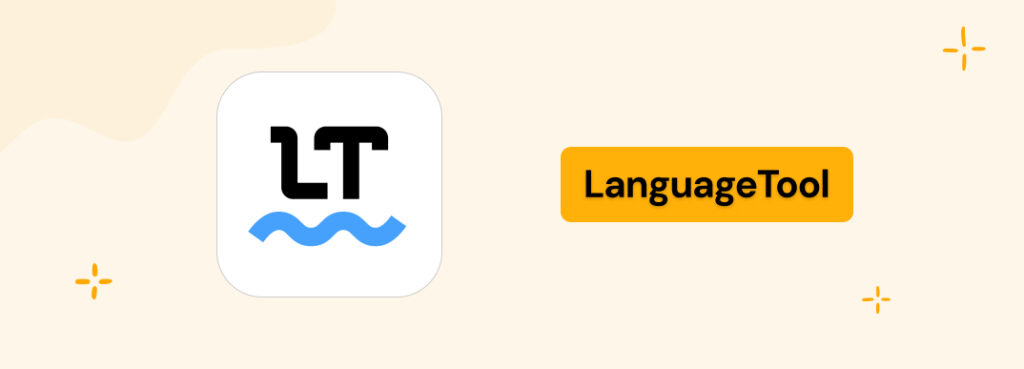
LanguageTool is an open-source application focused on improving written materials in other languages apart from English.
Features:
-
Grammar spell check: Users do not need to worry about misspelled words or incorrect phrases because they can be fixed instantly
-
Browser Extensions: Users are able to use the tool with other over 20 languages making it easier in bilingual or multilingual countries.
-
Multilingual done right: For people working in different languages, this feature is highly sought after.
Pros and Cons:
-
Benefits: As it works like a software program openmented by community, it makes it much easier to support some lacking features as well as offer stronger multi-language support free of cost.
-
Drawbacks: Offers no deeper analysis on user interface and does not have advanced style grammar suggestions to improve writing.
User Experience
Few boards express their recommendations LanguageTool is appreaciated for offering multiple languages to make other languages simpler to operate.
7. QuillBot

QuillBot offers grammar check solutions alongside paraphrasing and summarizing services which stands as its most essential feature.
Features
-
Works with grammatical errors and suggests changing them for a better option.
-
Summarizes worded pieces into shorter versions and beautifully captures the essence of the main ideas helping the target audience.
Pros and Cons:
- Pros: Excellent for paraphrasing and finding alternate ways to express ideas.
- Cons: The free version lacks some features, and without caution, the intended meaning may be changed in the process of paraphrasing.
User Experience
Users are impressed with the paraphrasing features QuillBot has to offer, but it is important to use it with skill so that you do not lose the original meaning.
How to Choose the Best Writing Tool for You
Choosing the right writing tool depends on understanding your specific needs and writing habits.
Needs Analysis:
Determine what’s most important for your writing—whether it’s grammar checking, style suggestions, or tools for translation or paraphrasing.
Trial and Error:
Most tools offer free versions or trials. Test several options to see which fits your style and needs.
User Review:
Look at reviews and testimonials from other users to understand the strengths and weaknesses of each tool before committing.
Benefits of Using Writing Tools

Using writing tools can significantly enhance your writing quality and efficiency.
Improved Writing Quality
Writing tools help catch errors you might miss, ensuring your writing is polished and professional.
Time-Saving
Automated checks and suggestions save time compared to manual proofreading and editing.
Learning Tool
Regular use of writing tools can help you learn from your mistakes and improve your writing skills over time.
Potential Drawbacks of Free Writing Tools
While free writing tools offer great benefits, they also come with some limitations:
Limited Features
Free versions often have fewer features compared to their premium counterparts.
Advertisements
Many free tools are ad-supported, which can be distracting.
Accuracy Issues
Free tools might not be as accurate or comprehensive as paid versions, occasionally missing errors.
Tips for Maximizing Free Writing Tools
To get the most out of free writing tools, consider these tips:
Combining Tools
Using multiple tools can help cover each other’s weaknesses and provide a more comprehensive writing check.
Regular Use
Incorporate writing tools into your regular writing process to continuously improve your skills and efficiency.
Learning from Feedback
Take note of the feedback provided by these tools and apply it to your future writing to avoid repeating mistakes.
Real-World Applications
Writing tools can be beneficial in various contexts, including:
Academic Writing
Ensuring your essays, papers, and reports are error-free and well-written.
Professional Communication
Enhancing the quality of emails, reports, and other professional documents.
Creative Writing
Polishing your stories, scripts, and other creative works to make them more engaging and readable.
The Future of Writing Assistance Tools
Writing assistance tools are evolving fast, and AI is at the forefront of this transformation. With advancements like AI Chat, we can expect even more accurate and context-aware writing suggestions that improve how we write every day.

- AI Advancements: As AI technology improves, writing tools will become even more efficient. They’ll provide more precise feedback and real-time suggestions, making writing easier and faster. If you’re curious, learn how to enable AI Chat to start receiving instant help while you write.
- Integration with Other Platforms: Writing tools will soon be integrated into more platforms, allowing you to access help wherever you write—whether it’s drafting emails, working on documents, or chatting online.
As we look ahead, writing tools powered by AI will continue to get smarter, offering more tailored suggestions and making the writing process smoother for everyone.
FAQs
What are the best free alternatives to Grammarly?
The best free alternatives to Grammarly are ProWritingAid, FotoAI Keyboard, Hemingway Editor, Ginger Software, Slick Write, PaperRater, and QuillBot.
Can these tools replace Grammarly?
Although these tools are fantastic, they cannot exactly be a perfect replacement for the extensive capabilities of Grammarly. However, they can be incredible supplements or even alternatives, depending on your requirements.
Are free writing tools as good as their paid versions?
While free writing tools do work, there are usually restrictions attached to using them. Paid versions are feature-rich and mostly accurate.
Are the tools multi-language, supporting English only or also other languages?
Yes, FotoAI Keyboard, for example, is a multi-language writing tool and excellent for non-English writers.
How can I find the best writing tool for my needs?
Reflect on your exact needs- grammar check, style advice, or other functionality. Try out some options to find out what one is the most useful to your workflow.
Do writing tools improve my writing?
Absolutely, regular writing tool usage can even let you learn from your mistakes, refining your writing techniques with practice.
Conclusion.
Right writing tools make all the difference in the quality of writing and how fast it can get done. Number one is Grammarly, of course, but there are several solid, free choices, too.
With these considerations, you can find the ideal writing assistant to help you write better, faster, and more confidently.


